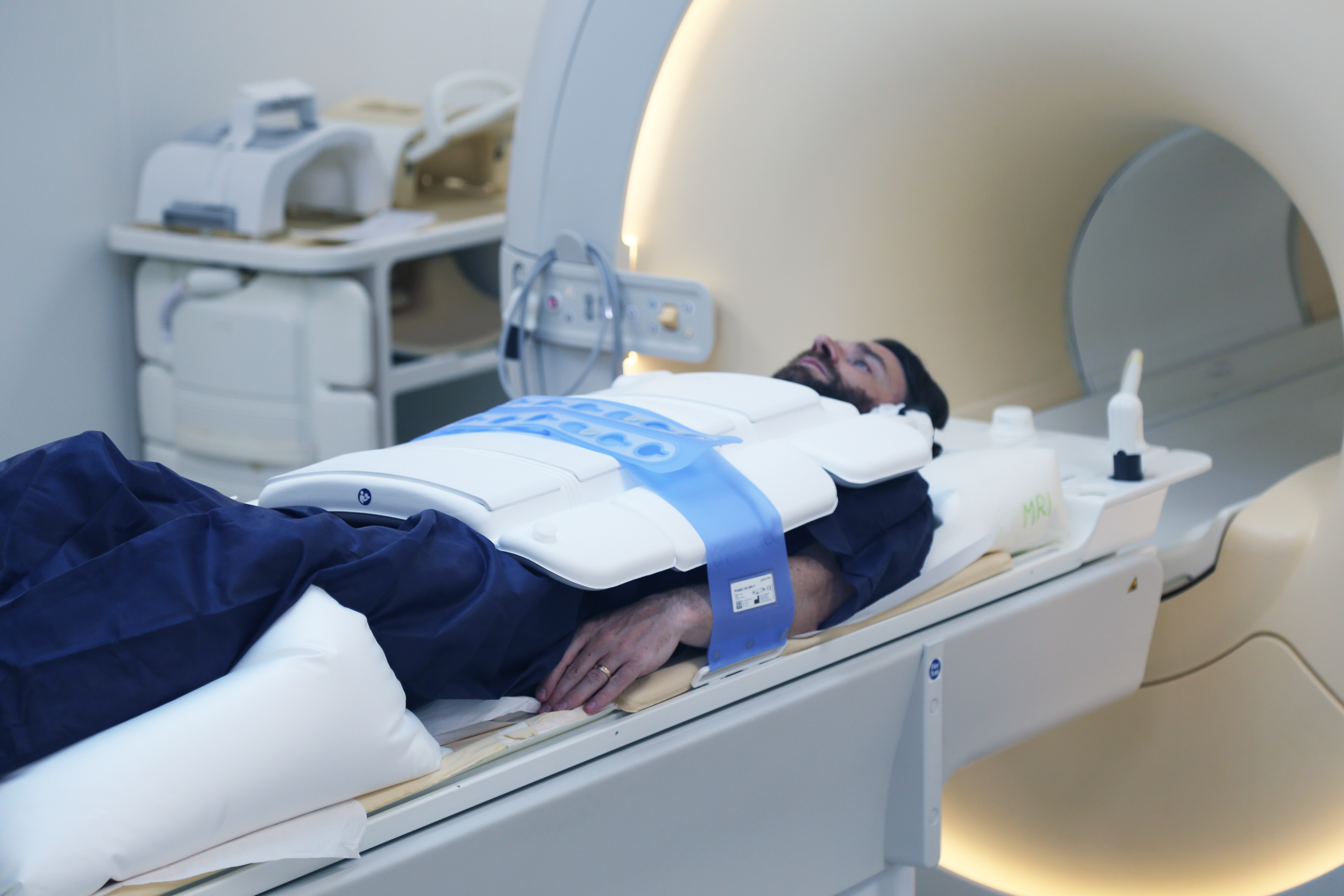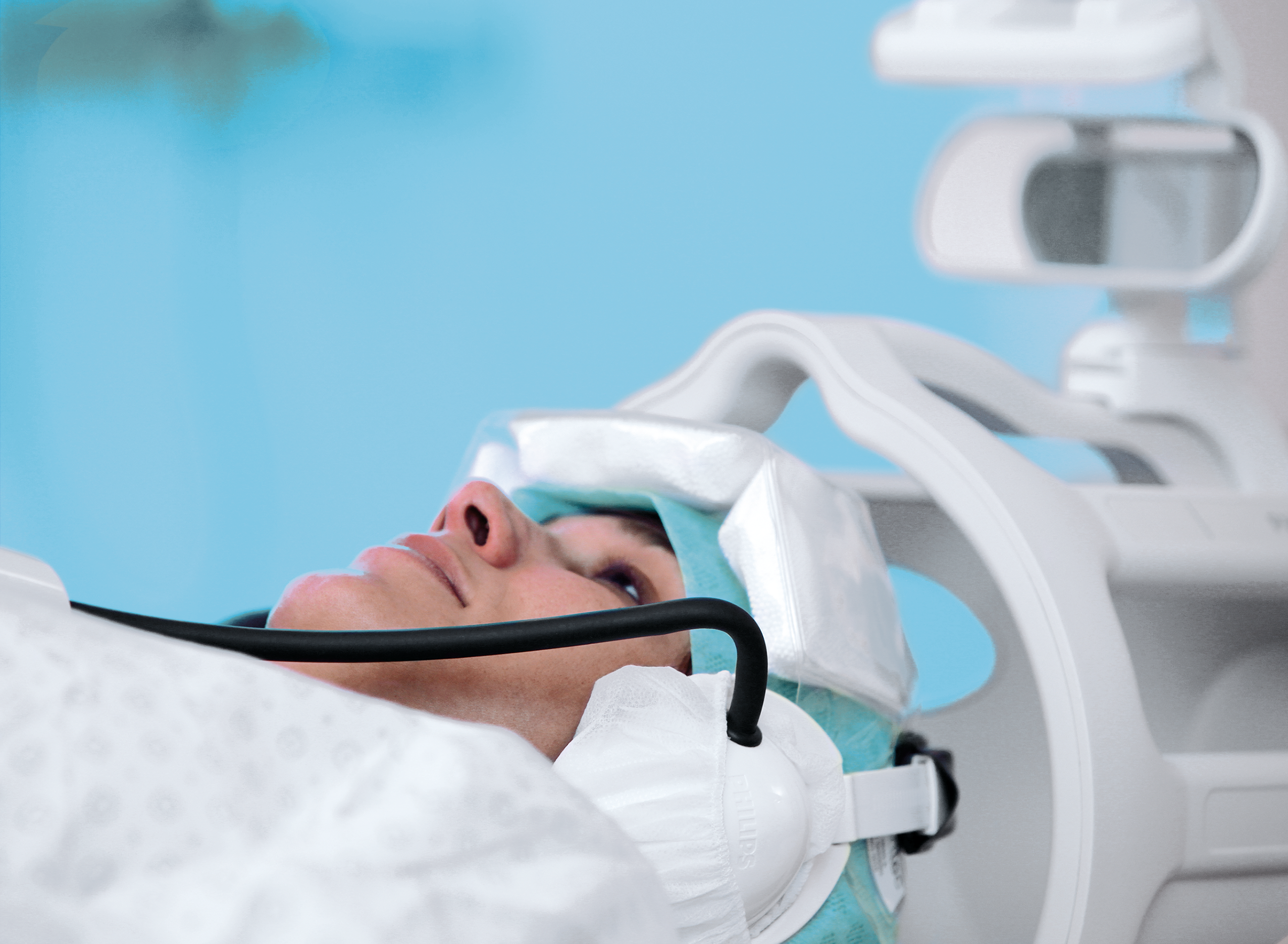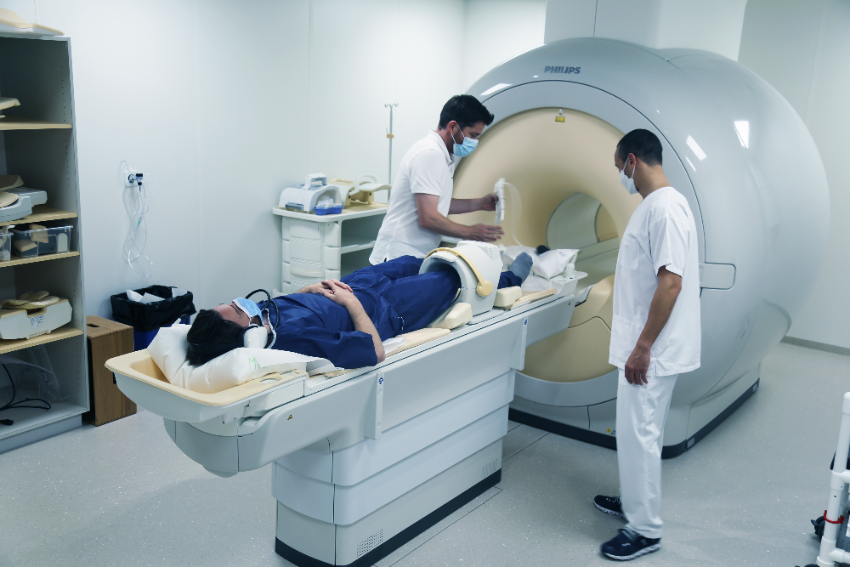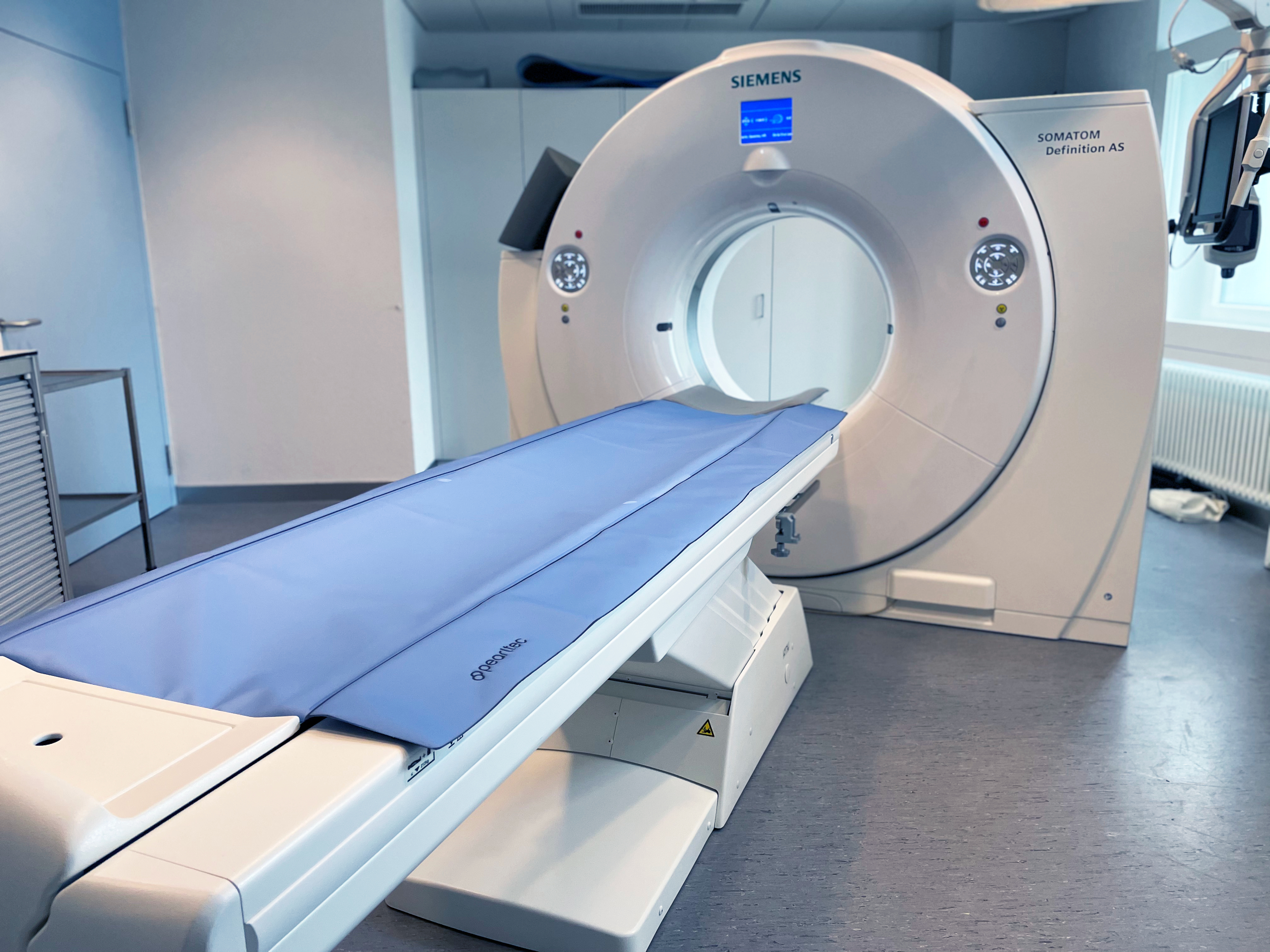THE IMPORTANCE OF PERFECTLY HYGIENIC PATIENT POSITIONING SOLUTIONS IN RADIOLOGY
PERFECTLY HYGIENIC
In radiology, accurate diagnosis is only possible through precise positioning of the patient. This can become a problem if damaged, unclean or unhygienic aids are used for positioning, as this can lead to the transfer of germs and bacteria from patient to patient or patient to healthcare professional.
In radiology, hygienic positioning aids help to minimise the risk of cross-contamination. By thoroughly cleaning and disinfecting positioning solutions, radiologists and medical staff can reduce the transmission of germs and thus protect the health of patients. It is therefore important that radiology departments have appropriate policies and procedures in place to ensure that positioning aids are in a hygienic condition and that staff are appropriately trained.








